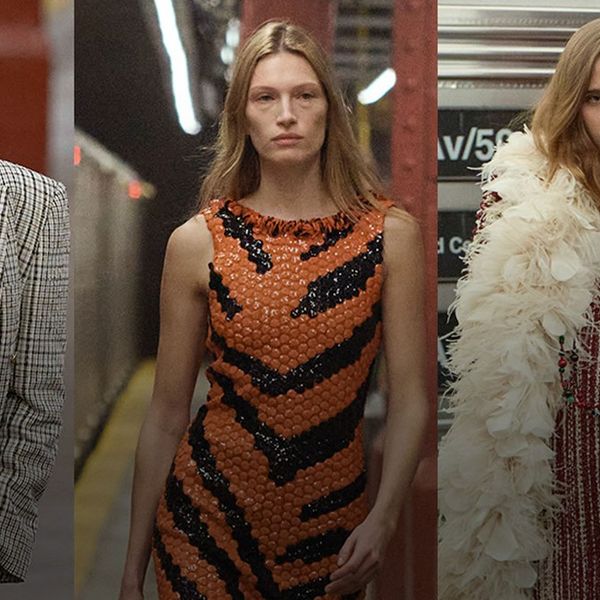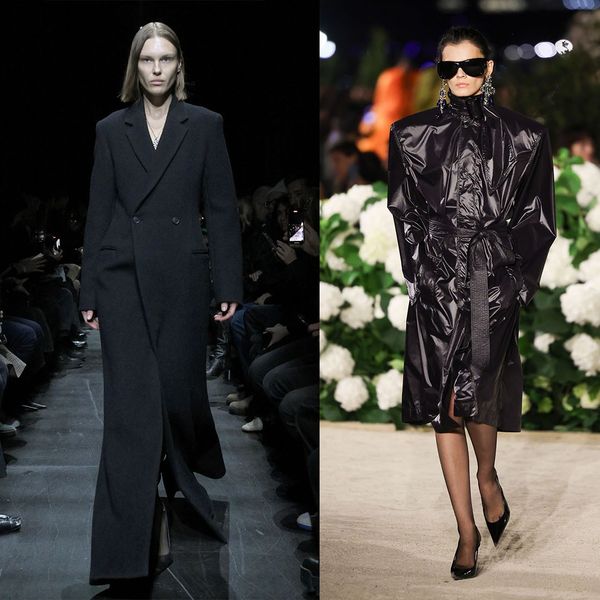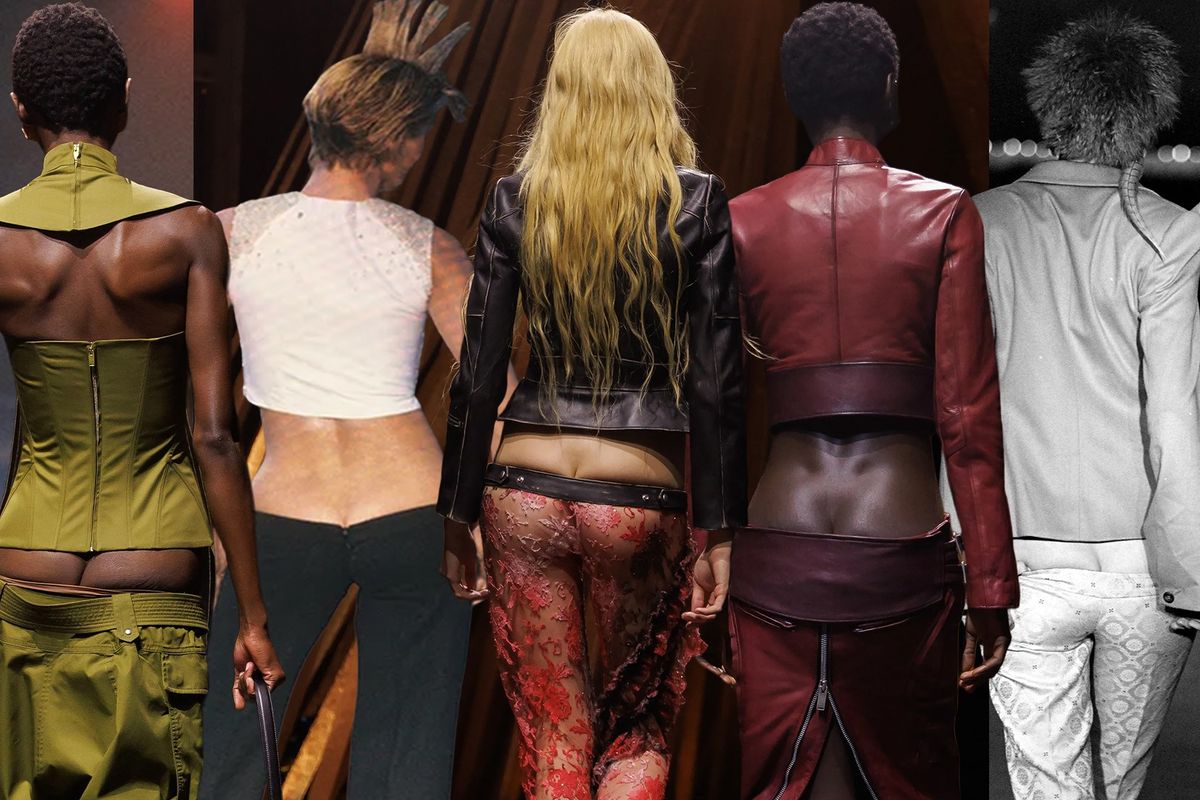
It was 1993 when the late Alexander McQueen debuted his first ever collection, titled “Taxi Driver,” under his namesake label at the Ritz. His graduate collection out of Central Saint Martens was supposedly a reference to the movie of the same name by Martin Scorsese, but knowing McQueen’s working class background, many posited that the collection name was also a reference to his father, who was a taxi driver. The collection featured a series of black satin pants and skirts with decidedly low waistlines. At the back, waistbands dipped even further into a subtle "V," exposing the very top of the models' bum cracks—and thus, the “bumster” pant was born.
Since then, waistlines steadily climbed up the abdomen, stopping right at the belly button during the height of the high-waisted craze. But now, thanks to the Y2K revival, they've started lowering again, much to the horror of many. This season, they dipped lower than they ever have at Alexander McQueen under the vision of Sean McGirr, who replaced Sarah Burton as the creative director nearly two years ago. His debut came with plenty of the shapes that are synonymous with the McQueen codes, and since then, his designs have only become more theatrical, whimsical, and closer to McQueen’s original vision—only now in a wearable, contemporary context. Which brings us to Spring/Summer 2026, and the return of the bumster on the McQueen runway.
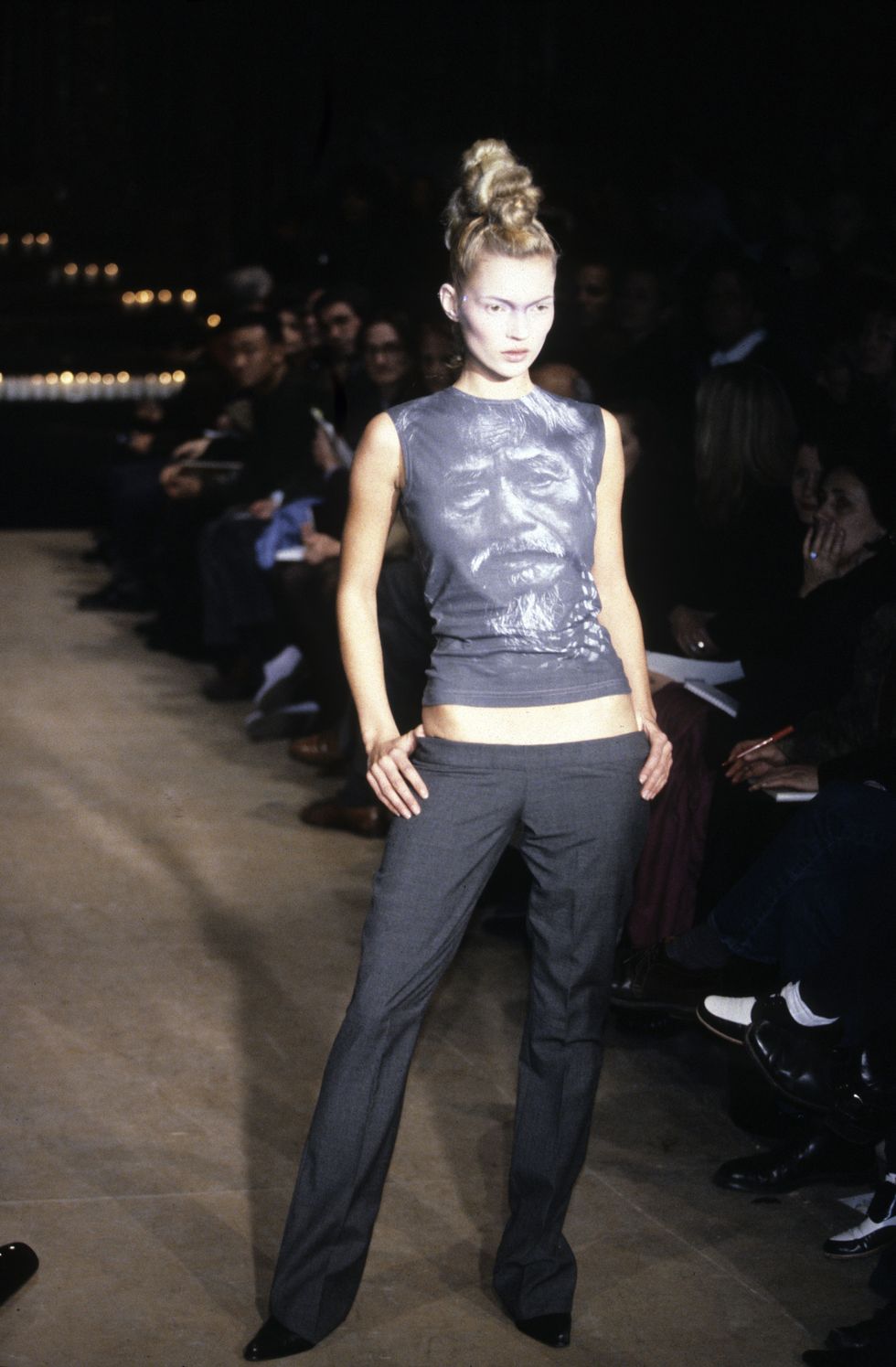
Alexander McQueen FW97
Getty Images
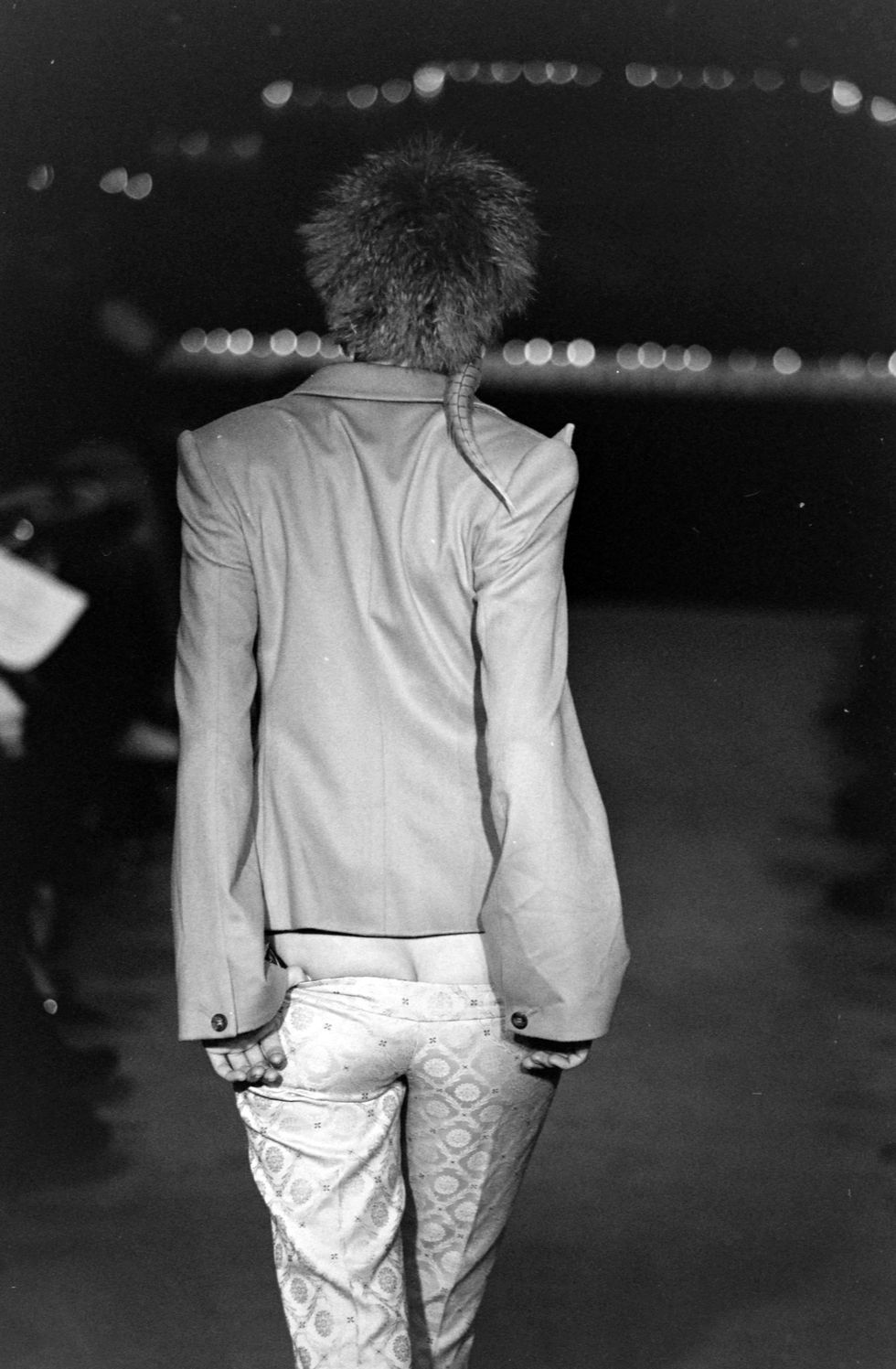
Alexander McQueen FW97
Getty Images
For the Spring/Summer 2026 collection, McGirr sent out various pairs of suit pants and jeans that exposed the very top of the model’s butts. More exciting were the scooped-waist skirts and cargo shorts that were paired with corsets, showing a strip of skin between hip and tailbone, only noticeable from the back. And then there was Alex Consani’s look, which she wore out to dinner after the show (in true supermodel fashion): a pair of pink lace appliqué pants with a scooped, ultra-low black leather waistband, secured under the towering model’s hips.
The late McQueen once alluded to the fact that he was inspired by “builders bum"—another nod to his working class upbringing—but later revealed the bumster was more about elongating the figure, and creating sensuality. "It wasn't about showing the bum...To me, that part of the body—not so much the buttocks, but the bottom of the spine—that’s the most erotic part of anyone’s body, man or woman," McQueen told The Guardian after his first collection in 1993. Seduction in fashion is harder to come by these days, as we've been collectively desensitized towards the naked form. Case in point: we saw plenty of full-frontal nudity on the runways in Paris, yet very little of it felt erotically charged. Duran Lantink’s debut Jean Paul Gaultier collection featured printed bodysuits with full-frontal male genitalia, Mugler’s Miguel Castro Frietas sent a model down the runway with a sheath of a dress attached to her exposed nipple rings. Even off the runway, who can forget Bianca Censori’s entirely sheer Grammy’s dress from earlier this year?
And yet, somehow, the subtle reveal of a spine, of a crack, manages to feel more provocative than all of it.
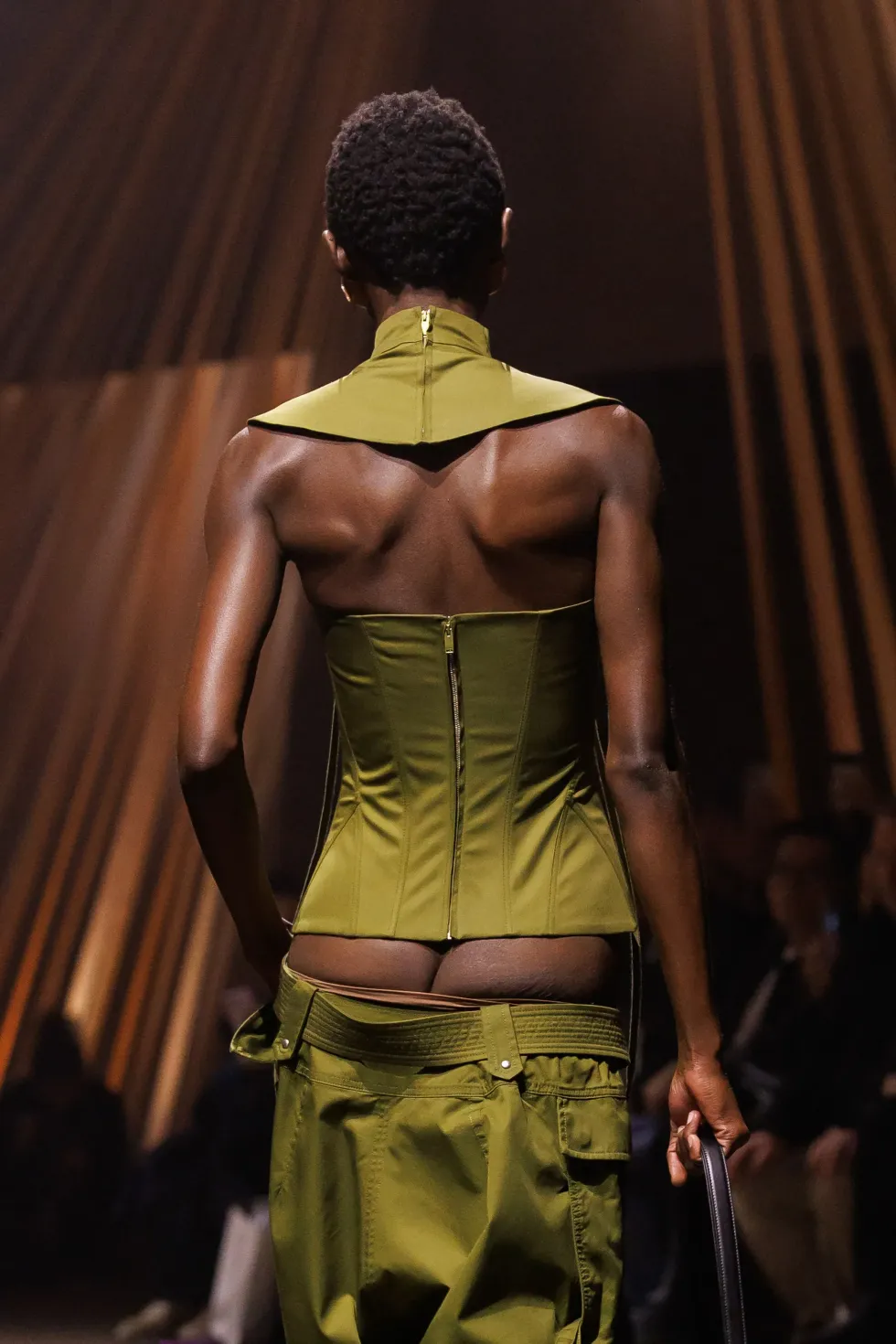
Alexander McQueen SS26
Alexander McQueen
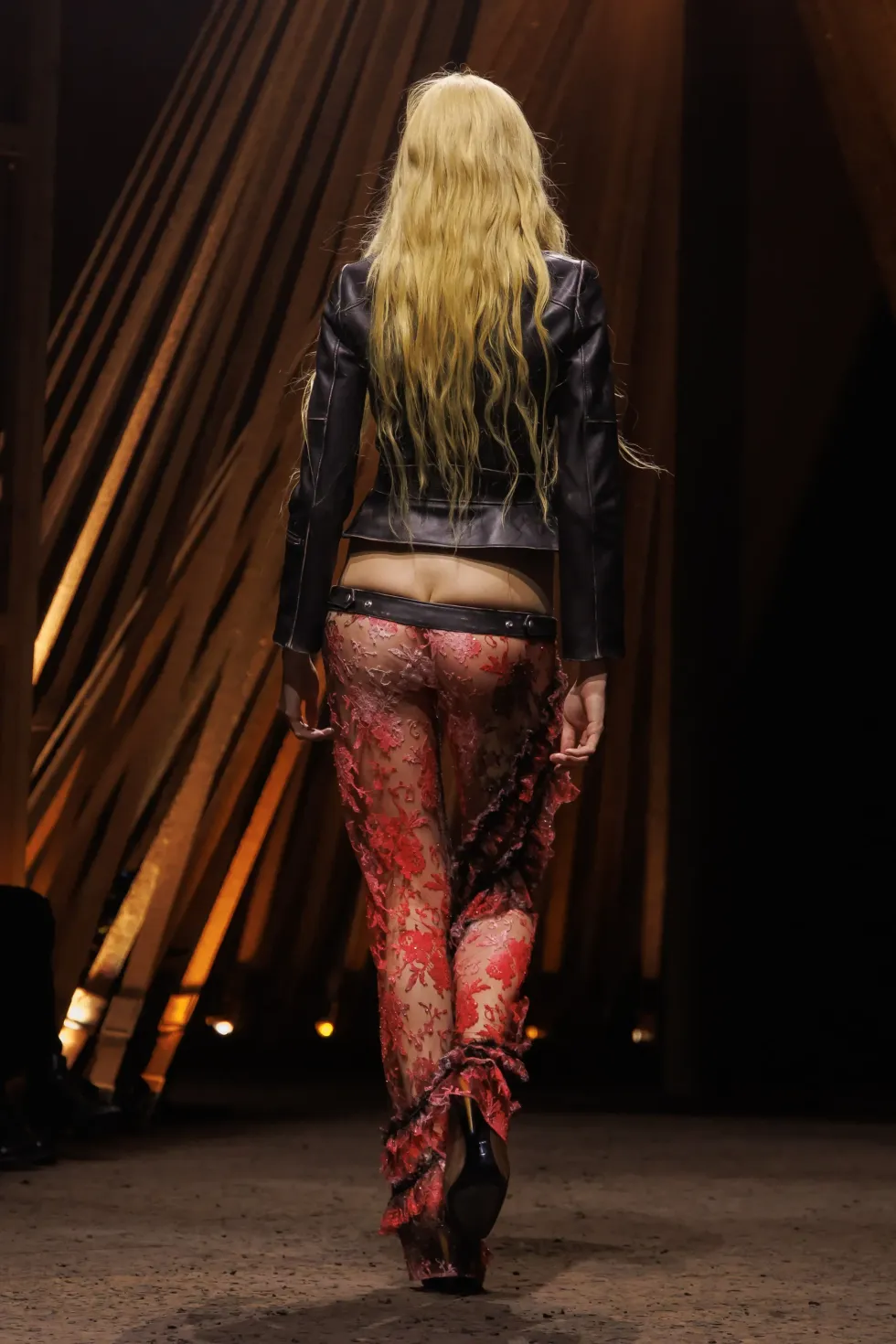
Alexander McQueen SS26
Alexander McQueen SS26
Perhaps the real magic of the bumster lies in what’s not there. It only feels as erotic and subversive as it does when underwear is out of the picture. Like a woman’s cleavage, the fashion effect becomes dulled when too much fabric is interfering with the silhouette. There's something austere about an exposed crack without a lace panty or thong, which reads intentional and fashion-forward, rather than accidental. The only question that remains: will you be brave enough to bare it this season?


